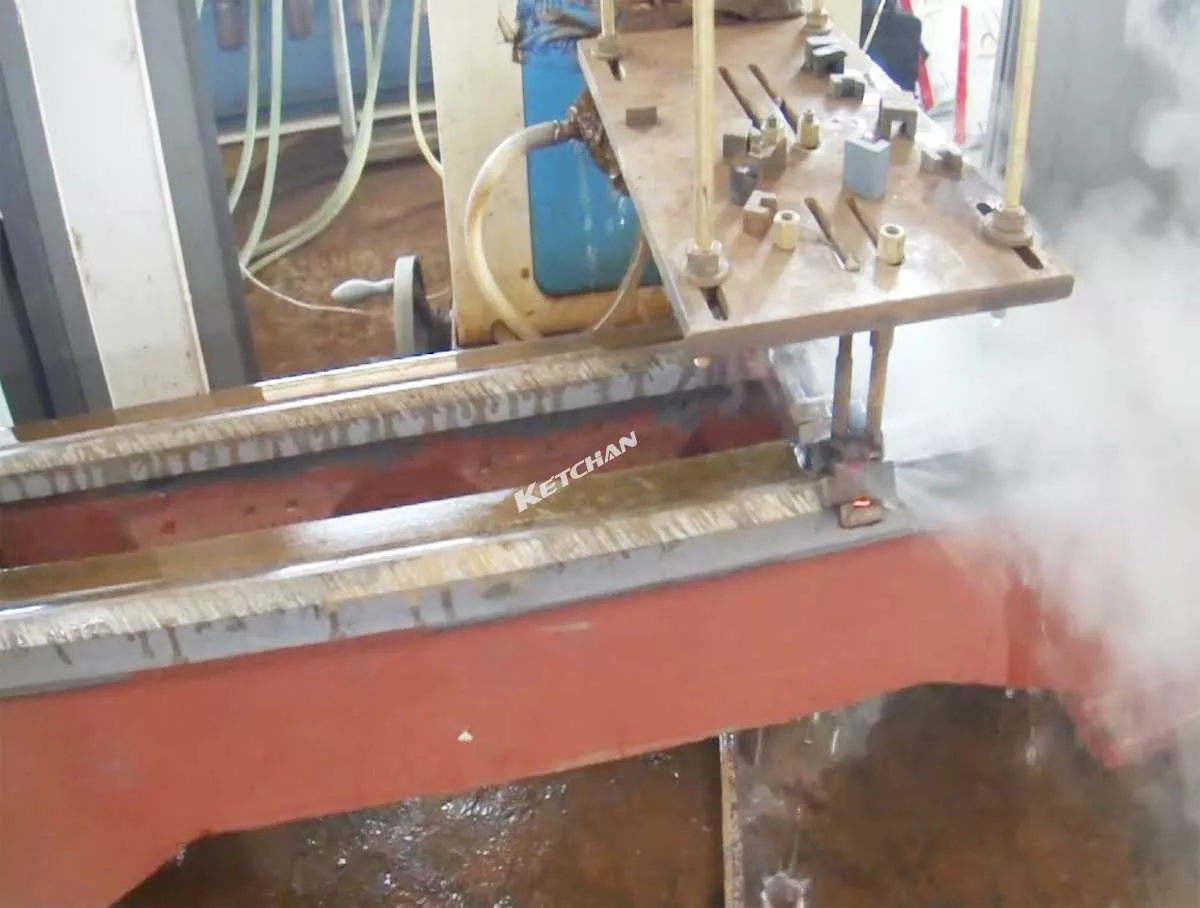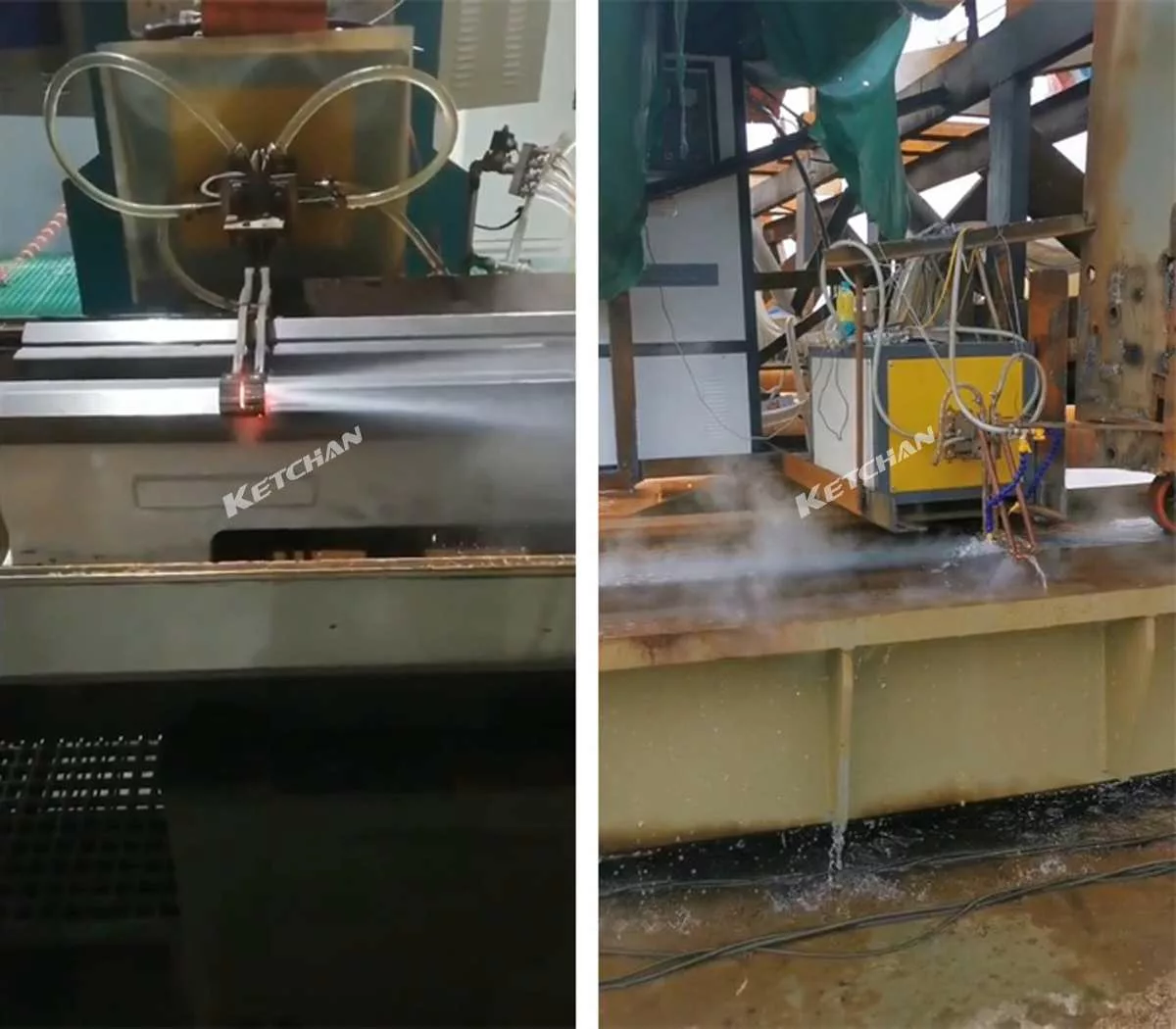There are different methods of hardening the surface of the metal track, depending on the type of metal, the desired hardness, and the equipment available. Some of the common methods are:
- Carburizing: This is a process of adding carbon to the surface of low-carbon steel by heating it in a carbon-rich environment. The carbon diffuses into the steel and forms a hard layer called the case. Carburizing can be done by packing the metal track with charcoal or coke in a steel box and heating it to a high temperature for several hours, or by exposing it to carbon-bearing gases in a furnace. Carburizing is suitable for gears, ball and roller bearings, and piston pins.
- Nitriding: This is a process of adding nitrogen to the surface of steel or other metals by heating them in a nitrogen-rich atmosphere. The nitrogen atoms bond with the metal atoms and form a hard nitride layer. Nitriding can be done by using ammonia gas or plasma as the nitrogen source. Nitriding is suitable for camshafts, fuel injection pumps, and valve stems.
- Flame hardening: This is a process of heating the surface of the metal track with a gas flame until it glows red hot, and then quenching it in water or oil. This creates a hard martensitic layer on the surface, while the core remains soft and tough. Flame hardening can be done by using a torch or a machine that moves the flame along the track. Flame hardening is suitable for larger implements that require localized hardening.
- Induction hardening: This is a process of heating the surface of the metal track with an electric current that induces eddy currents in the metal. The eddy currents generate heat and raise the temperature of the surface, which is then quenched in water or oil. This also creates a hard martensitic layer on the surface, while the core remains soft and tough. Induction hardening can be done by using a coil or an induction machine that surrounds the track. Induction hardening is suitable for metal tracks with grooves or complex shapes.

How to do the induction hardening process of rails?
The induction hardening process of rails is a way of increasing the hardness and wear resistance of the rail surface by heating it with an electric current and then cooling it rapidly. The process involves the following steps:
- The rail is placed inside a coil or an induction machine that generates an alternating magnetic field. This induces eddy currents in the rail, which heat up the surface to a high temperature (usually between 800°C and 950°C).
- The heated rail is then quenched in water or oil, which causes a rapid cooling and a phase transformation of the steel. This creates a hard martensitic layer on the surface, while the core remains soft and tough.
- The hardened rail is then tempered to reduce brittleness and improve toughness. This can be done by heating the rail to a lower temperature (usually between 150°C and 250°C) for a short time, either by induction or by furnace.
- The hardened rail is then ground or polished to remove any surface irregularities and improve its dimensional accuracy and smoothness.
The induction hardening process of rails can improve the performance and durability of the rails, as well as reduce maintenance costs and energy consumption. However, the process requires precise control of the heating and cooling parameters, as well as the quality of the steel used. If you are interested in learning more about induction hardening equipment, you can check out our induction-hardening experts!

